A GLOBAL DMC YOU CAN TRUST

For more than 30 years we have been servicing associations, corporations & agencies crafting and delivering event objectives, from logistics to full scale projects.
Our active collaboration with key DMCs around the world has led to the formation of Impressive World Alliance, a unique network of destination management companies acting in unity with reach in 50+ countries around the world.
All alliance members are hand-picked DMCs based on:
- Operational excellence
- Legacy
- Experience
- Resources
Local knowledge
Reliability
Experience
success lies in
details
CONCEPT
Project Objectives
Destination Selection Analysis
Strategies


PLANNING
Budgeting
Venue Search
Risk Management
Financial Reports
LOGISTICS & IMPLEMENTATION
Transfers / Transportation
Hotel Accommodation
Restaurants
Social Activities
Tours / Excursions
Conference Venues
Themed Events
Gala Dinners
Budget management
Hospitality staff
AV and Entertainment

DESTINATIONS
- All
- NORTHERN EUROPE
- WESTERN EUROPE
- CENTRAL EUROPE
- EASTERN EUROPE
- SOUTHERN EUROPE
- BALTIC
- MIDDLE EAST
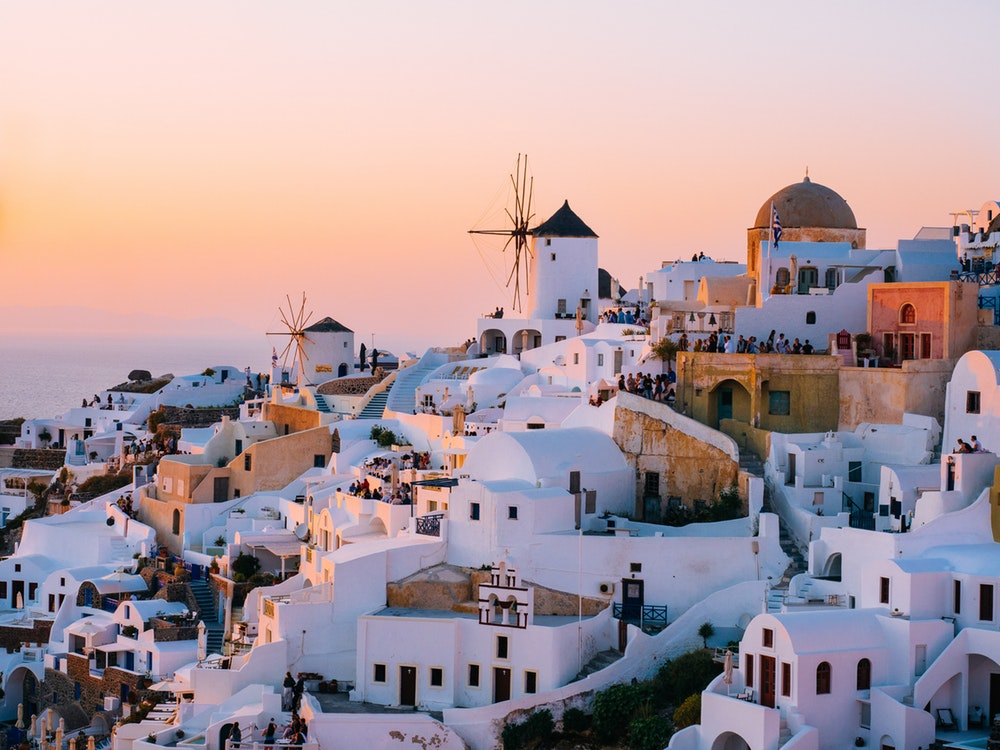
GREECE
Greece is a country in southeastern Europe with thousands of islands throughout the Aegean and Ionian seas. Influential in ancient times, it's often called the cradle of Western civilization. Athens, its capital, retains landmarks including the 5th-century B.C. Acropolis citadel with the Parthenon temple. Greece is also known for its beaches, from the black sands of Santorini to the party resorts of Mykonos.

CYPRUS
Cyprus, officially the Republic of Cyprus, is an island country in the Eastern Mediterranean and the third largest and third most populous island in the Mediterranean, located south of Turkey, west of Syria and Lebanon, northwest of Israel, north of Egypt, and southeast of Greece. With a long history and a rich culture that spans 10000 years, it is one of the oldest civilisations in the Mediterranean.
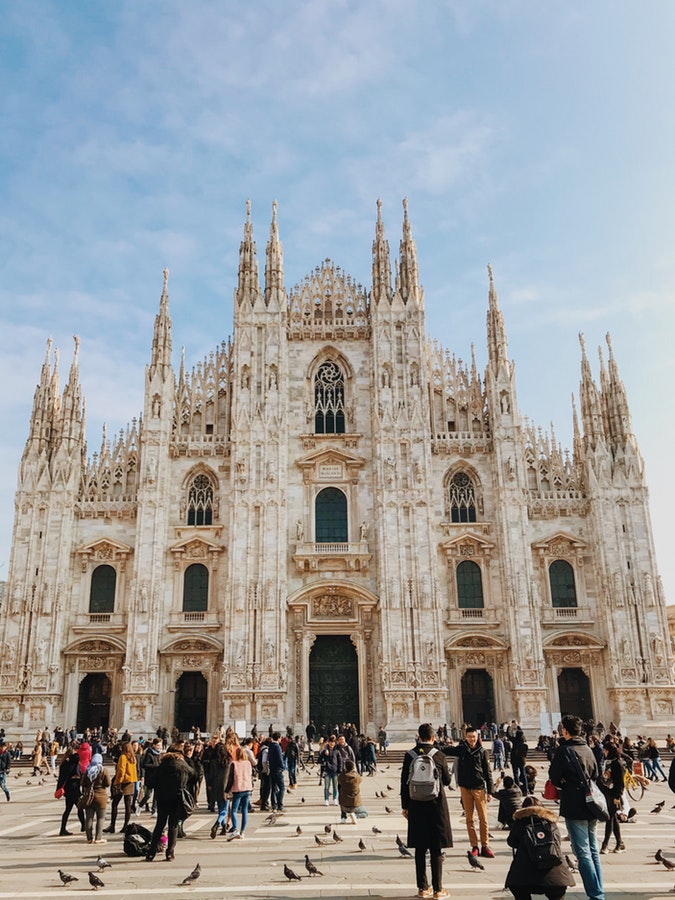
ITALY
Italy, a European country with a long Mediterranean coastline, has left a powerful mark on Western culture and cuisine. Its capital, Rome, is home to the Vatican as well as landmark art and ancient ruins. Other major cities include Florence, with Renaissance masterpieces such as Michelangelo’s "David" and Brunelleschi's Duomo; Venice, the city of canals; and Milan, Italy’s fashion capital.
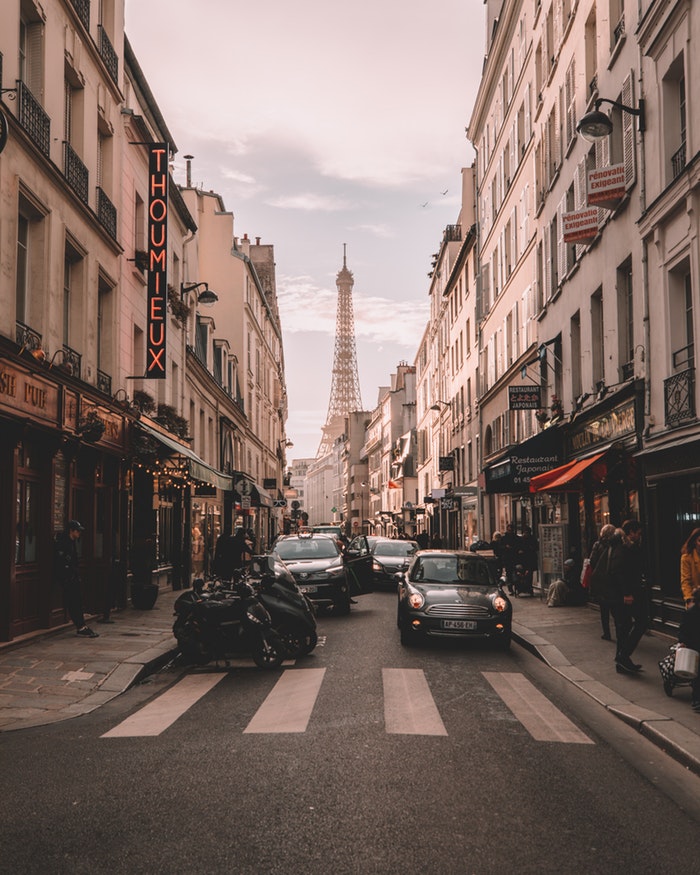
FRANCE
France, in Western Europe, encompasses medieval cities, alpine villages and Mediterranean beaches. Paris, its capital, is famed for its fashion houses, classical art museums including the Louvre and monuments like the Eiffel Tower. The country is also renowned for its wines and sophisticated cuisine. Lascaux’s ancient cave drawings, Lyon’s Roman theater and the vast Palace of Versailles attest to its rich history.
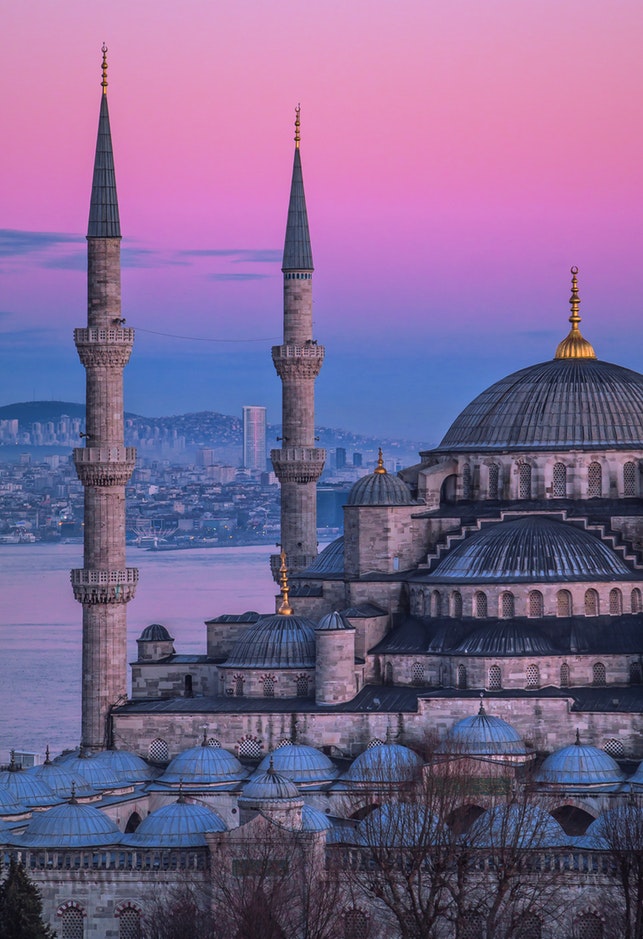
TURKEY
Turkey is a nation straddling eastern Europe and western Asia with cultural connections to ancient Greek, Persian, Roman, Byzantine and Ottoman empires. Cosmopolitan Istanbul, on the Bosphorus Strait, is home to the iconic Hagia Sophia, with its soaring dome and Christian mosaics, the massive 17th-century Blue Mosque and the circa-1460 Topkapı Palace, former home of sultans. Ankara is Turkey’s modern capital.
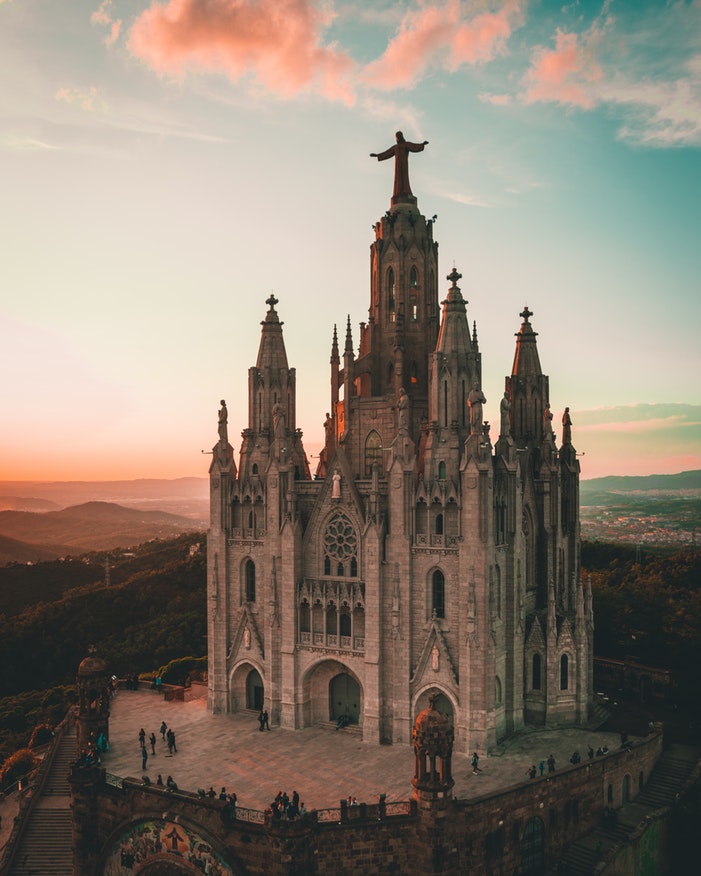
SPAIN
Spain, a country on Europe’s Iberian Peninsula, includes 17 autonomous regions with diverse geography and cultures. Capital city Madrid is home to the Royal Palace and Prado museum, housing works by European masters. Segovia has a medieval castle (the Alcázar) and an intact Roman aqueduct. Catalonia’s capital, Barcelona, is defined by Antoni Gaudí’s whimsical modernist landmarks like the Sagrada Família church.
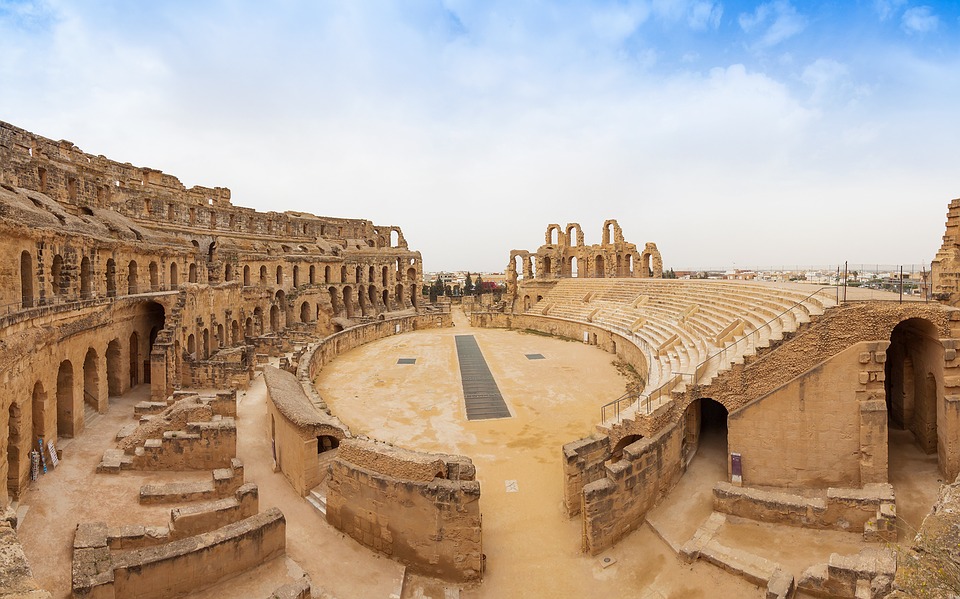
TUNISIA
Tunisia is a North African country bordering the Mediterranean Sea and Sahara Desert. In the capital, Tunis, the Bardo Museum has archaeological exhibits from Roman mosaics to Islamic art. The city’s medina quarter encompasses the massive Al-Zaytuna Mosque and a thriving souk. To the east, the site of ancient Carthage features the Antonine Baths and other ruins, plus artifacts at the Carthage National Museum.
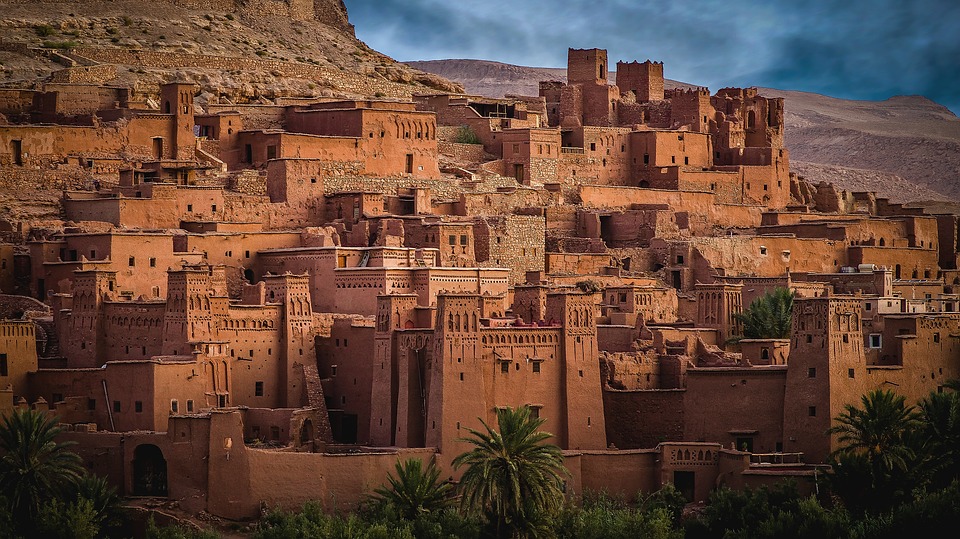
MOROCCO
Morocco, a North African country bordering the Atlantic Ocean and Mediterranean Sea, is distinguished by its Berber, Arabian and European cultural influences. Marrakesh’s medina, a mazelike medieval quarter, offers entertainment in its Djemaa el-Fna square and souks (marketplaces) selling ceramics, jewelry and metal lanterns. The capital Rabat’s Kasbah of the Udayas is a 12th-century royal fort overlooking the water.
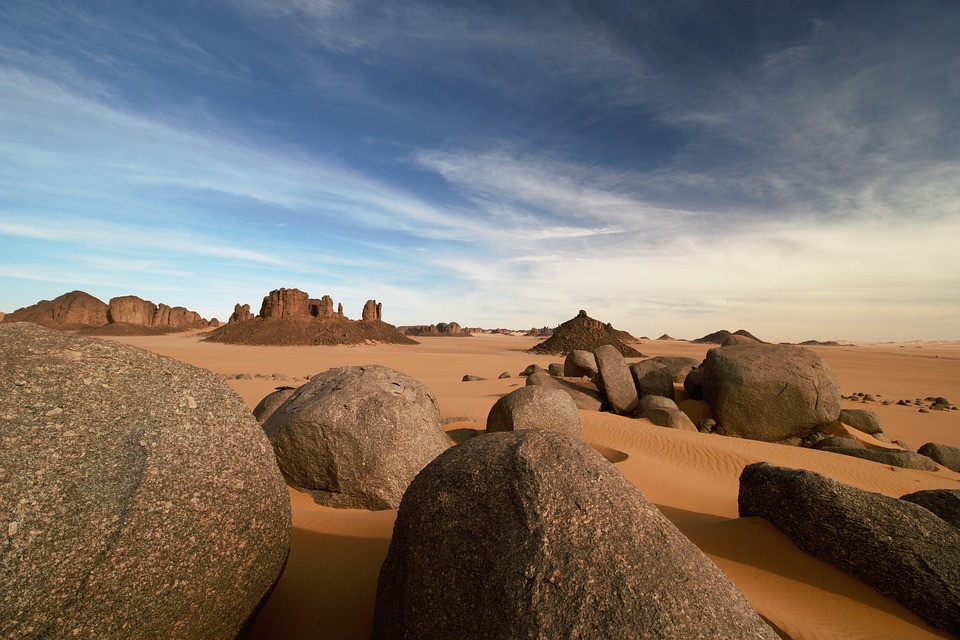
ALGERIA
Algeria is a North African country with a Mediterranean coastline and a Saharan desert interior. Many empires have left legacies here, such as the ancient Roman ruins in seaside Tipaza. In the capital, Algiers, Ottoman landmarks like circa-1612 Ketchaoua Mosque line the hillside Casbah quarter, with its narrow alleys and stairways. The city’s Neo-Byzantine basilica Notre Dame d’Afrique dates to French colonial rule.
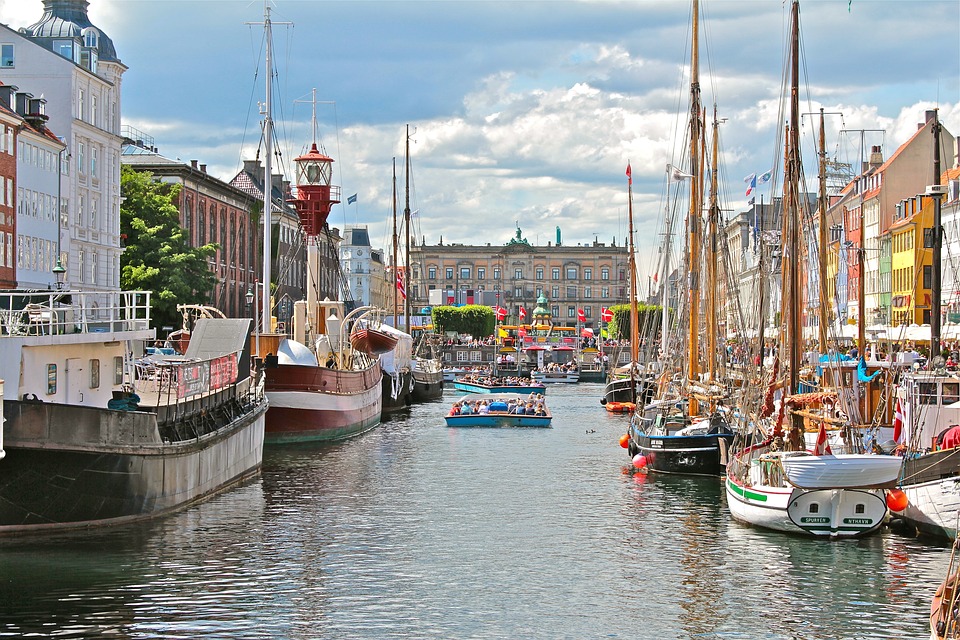
DENMARK
Denmark is a Scandinavian country comprising the Jutland Peninsula and numerous islands. It's linked to nearby Sweden via the Öresund bridge. Copenhagen, its capital, is home to royal palaces and colorful Nyhavn harbor, plus the Tivoli amusement park and the iconic “Little Mermaid” statue. Odense is writer Hans Christian Andersen’s hometown, with a medieval core of cobbled streets and half-timbered houses.
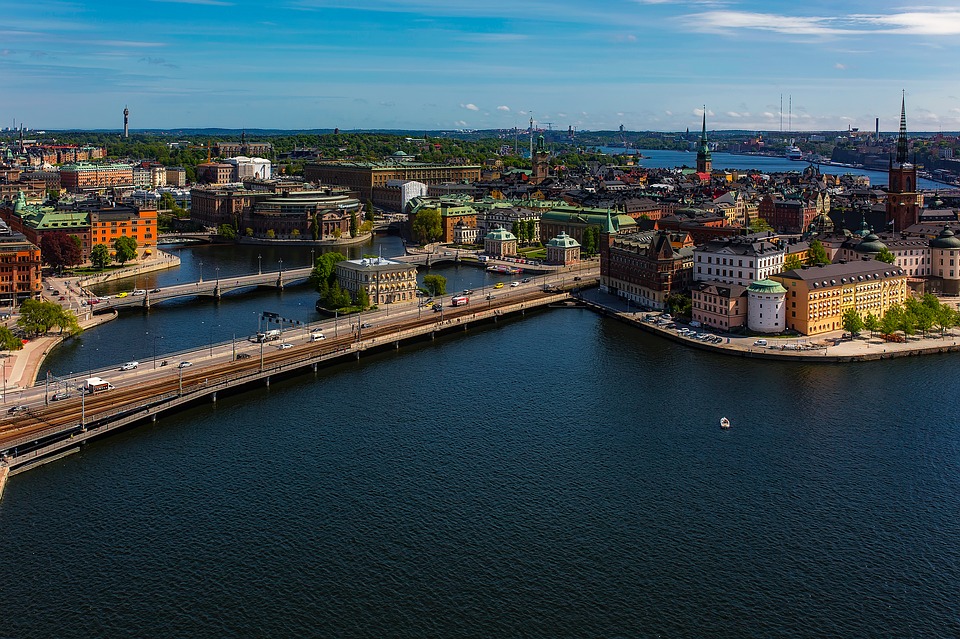
SWEDEN
Sweden is a Scandinavian nation with thousands of coastal islands and inland lakes, along with vast boreal forests and glaciated mountains. Its principal cities, eastern capital Stockholm and southwestern Gothenburg and Malmö, are all coastal. Stockholm is built on 14 islands. It has more than 50 bridges, as well as the medieval old town, Gamla Stan, royal palaces and museums such as open-air Skansen.
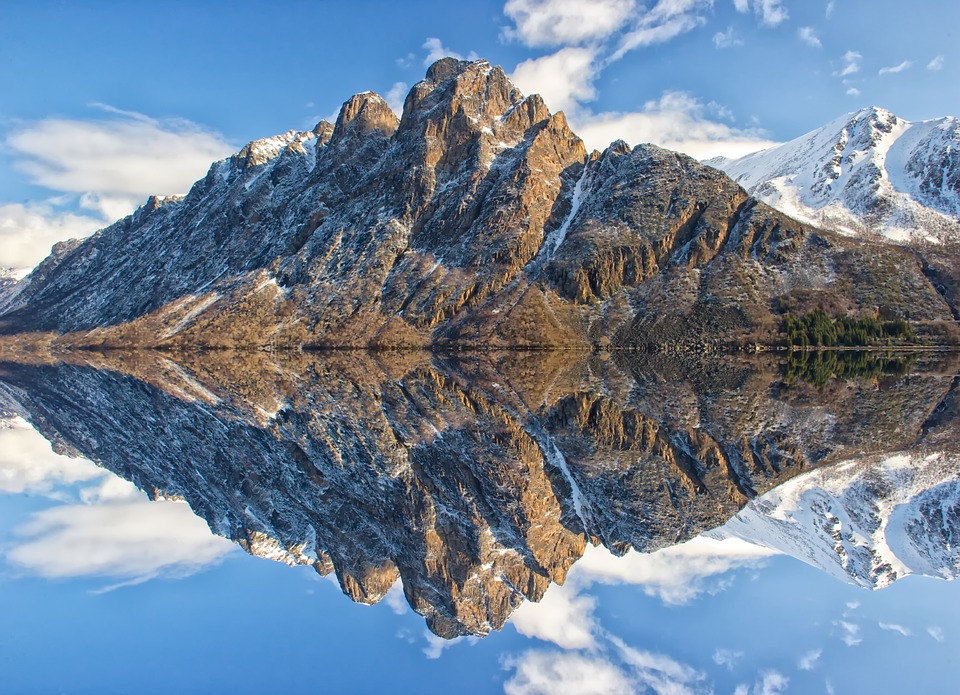
NORWAY
Norway is a Scandinavian country encompassing mountains, glaciers and deep coastal fjords. Oslo, the capital, is a city of green spaces and museums. Preserved 9th-century Viking ships are displayed at Oslo’s Viking Ship Museum. Bergen, with colorful wooden houses, is the starting point for cruises to the dramatic Sognefjord. Norway is also known for fishing, hiking and skiing, notably at Lillehammer’s Olympic resort.
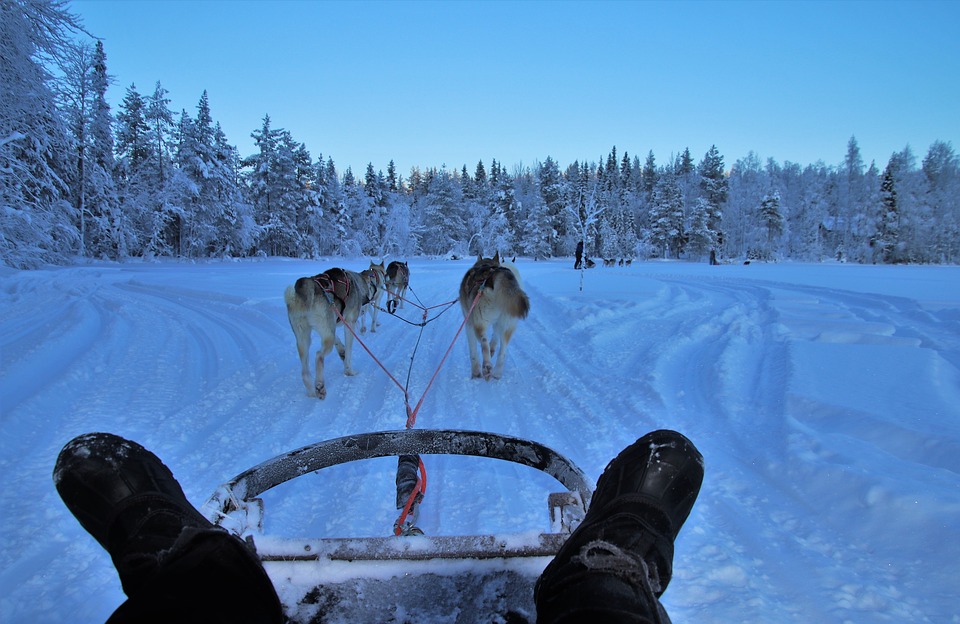
FINLAND
Finland is a Northern European nation bordering Sweden, Norway and Russia. Its capital, Helsinki, occupies a peninsula and surrounding islands in the Baltic Sea. Helsinki is home to the 18th-century sea fortress Suomenlinna, the fashionable Design District and diverse museums. The Northern Lights can be seen from the country's Arctic Lapland province, a vast wilderness with national parks and ski resorts.
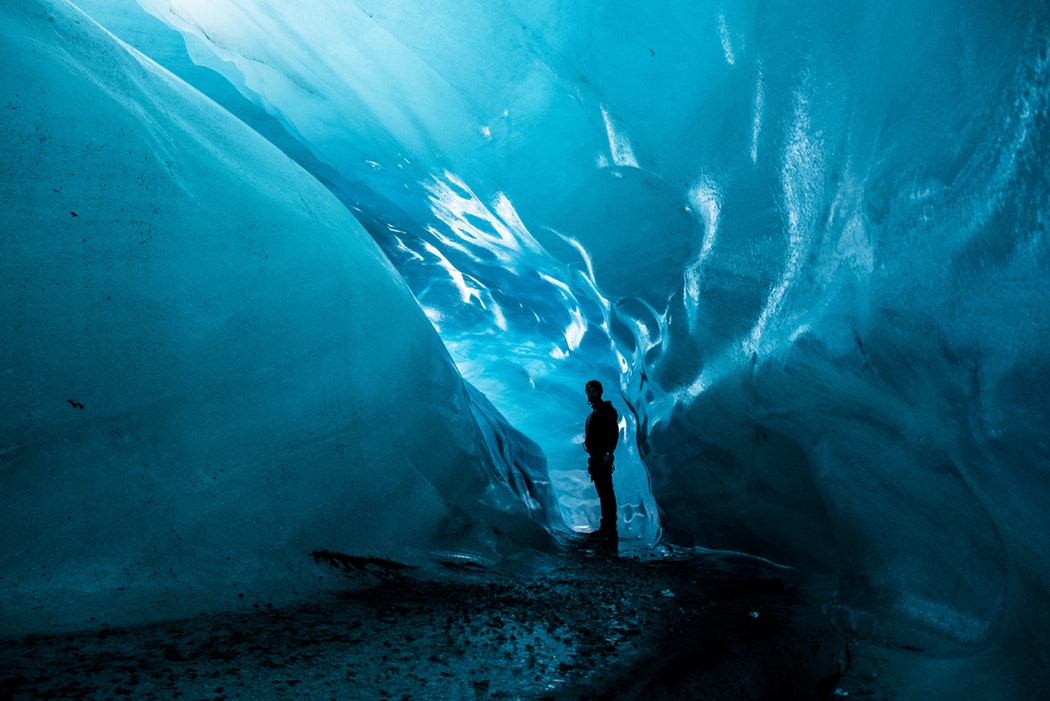
ICELAND
Iceland, a Nordic island nation, is defined by its dramatic landscape with volcanoes, geysers, hot springs and lava fields. Massive glaciers are protected in Vatnajökull and Snæfellsjökull national parks. Most of the population lives in the capital, Reykjavik, which runs on geothermal power and is home to the National and Saga museums, tracing Iceland’s Viking history.
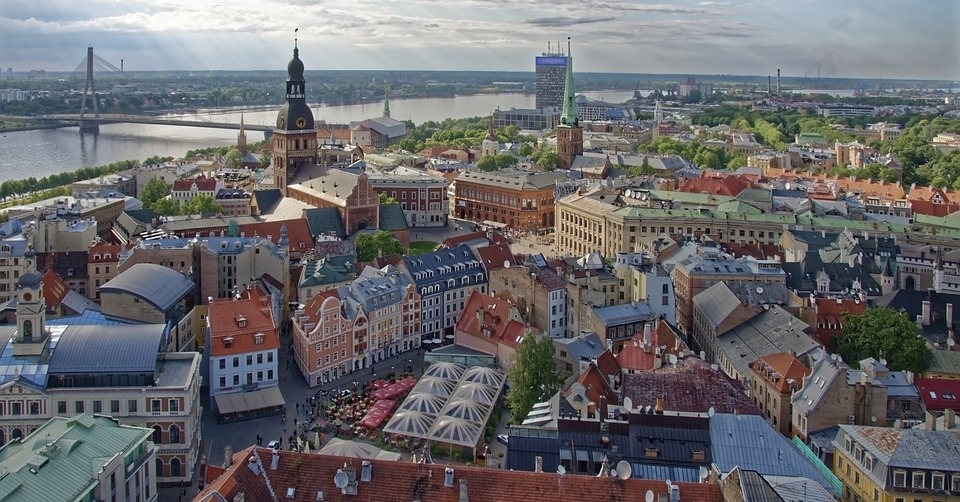
LATVIA
Latvia is a country on the Baltic Sea between Lithuania and Estonia. Its landscape is marked by wide beaches as well as dense, sprawling forests. Latvia’s capital is Riga, home to notable wooden and art nouveau architecture, a vast Central Market and a medieval Old Town with St. Peter's Church. Riga's museums include the Latvian Ethnographic Open-Air Museum, showcasing local crafts, food and music.
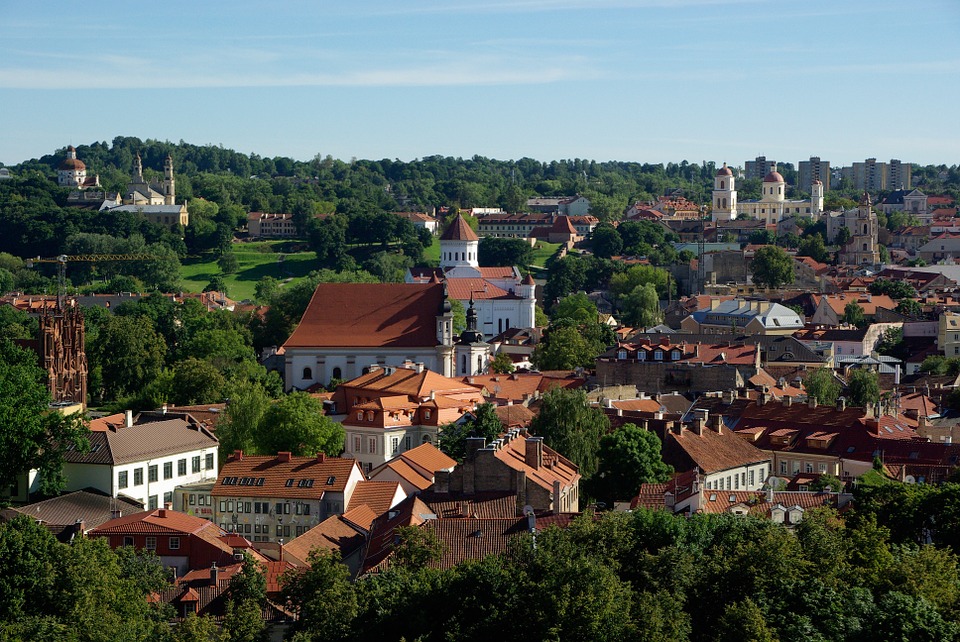
LITHUANIA
Lithuania is a country and the southernmost of Europe’s Baltic states, a former Soviet bloc nation bordering Poland, Latvia and Belarus. Its capital, Vilnius, near Belarus' border, is known for its medieval Old Town. It also has Gothic, Renaissance and baroque architecture, and 18th-century cathedral built on a pagan temple site. Hilltop Gediminas' Tower, a symbol of the city and the nation, offers sweeping views.
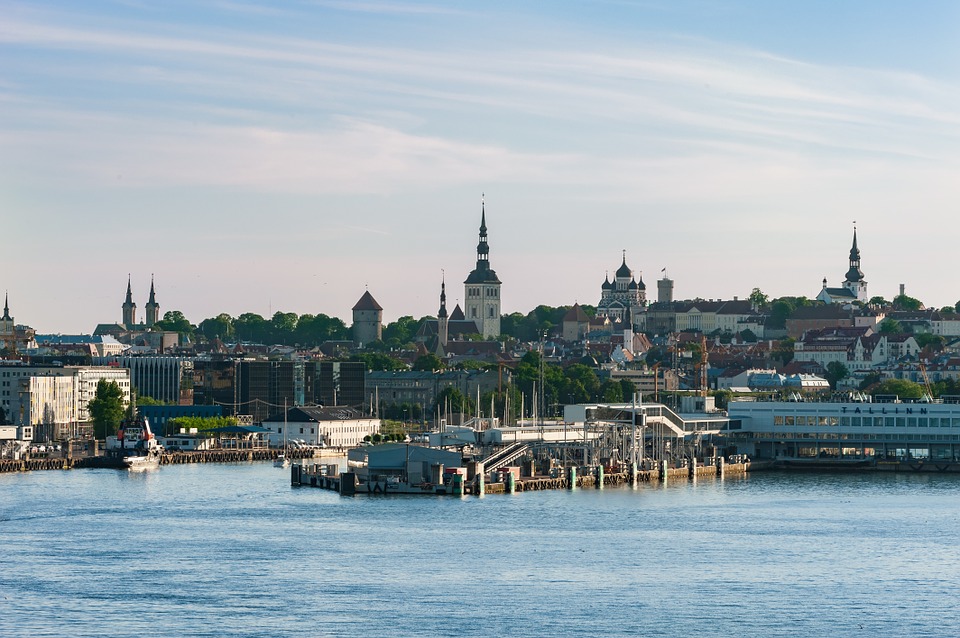
ESTONIA
Estonia, a country in Northern Europe, borders the Baltic Sea and Gulf of Finland. Including more than 1,500 islands, its diverse terrain spans rocky beaches, old-growth forest and many lakes. Formerly part of the Soviet Union, it's dotted with castles, churches and hilltop fortresses. The capital, Tallinn, is known for its preserved Old Town, museums and the 314m-high Tallinn TV Tower, which has an observation deck.
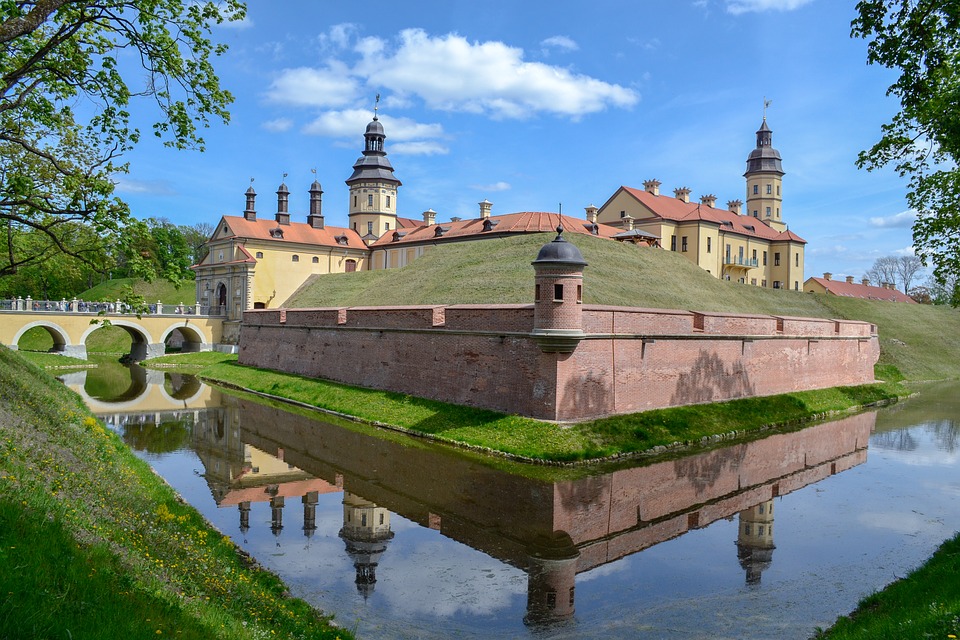
BELARUS
Belarus, a landlocked country in Eastern Europe, is known for its Stalinist architecture, grand fortifications and primeval forests. In the modern capital, Minsk, the monumental KGB Headquarters loom over Independence Square, while the Museum of the Great Patriotic War commemorates the country’s role in WWII. The capital is also home to many churches, including the neo-Romanesque Church of Saints Simon and Helena.
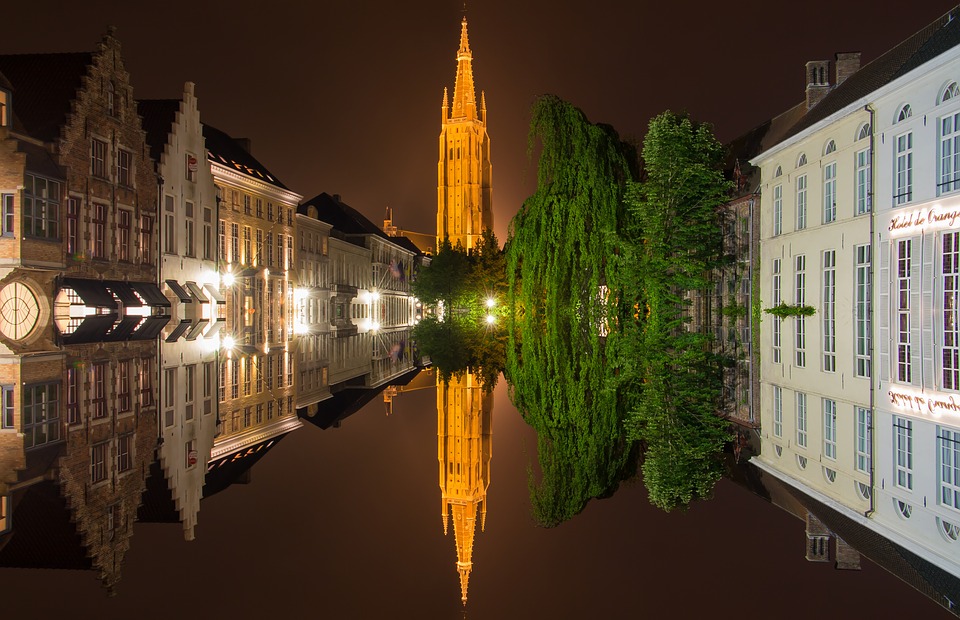
BELGIUM
Belgium, a country in Western Europe, is known for medieval towns, Renaissance architecture and as headquarters of the European Union and NATO. The country has distinctive regions including Dutch-speaking Flanders to the north, French-speaking Wallonia to the south and a German-speaking community to the east. The bilingual capital, Brussels, has ornate guildhalls at Grand-Place and elegant art-nouveau buildings.
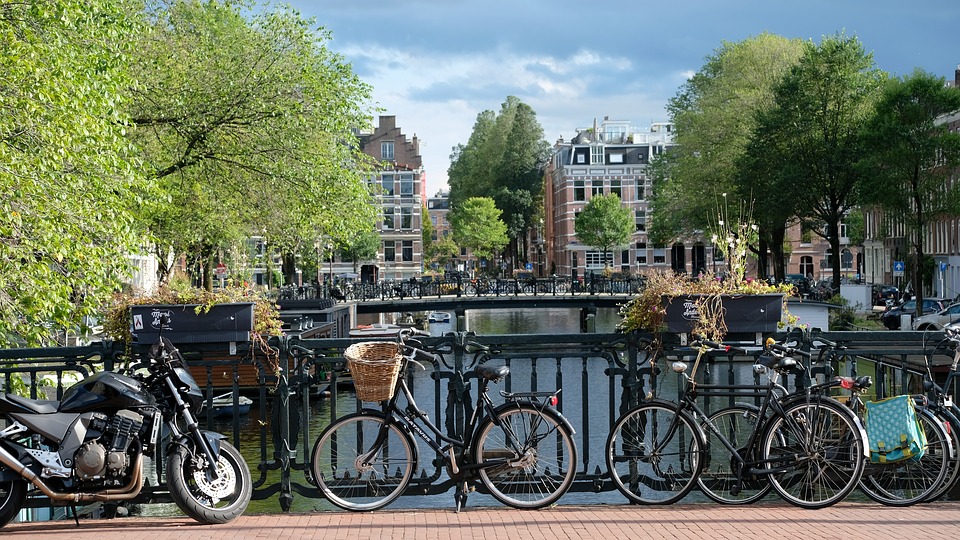
NETHERLANDS
The Netherlands, a country in northwestern Europe, is known for a flat landscape of canals, tulip fields, windmills and cycling routes. Amsterdam, the capital, is home to the Rijksmuseum, Van Gogh Museum and the house where Jewish diarist Anne Frank hid during WWII. Canalside mansions and a trove of works from artists including Rembrandt and Vermeer remain from the city's 17th-century "Golden Age."
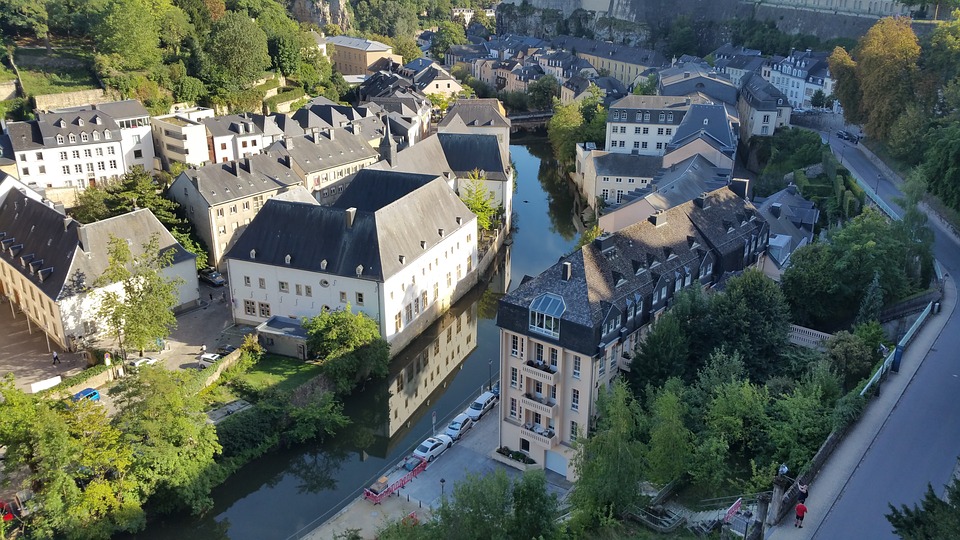
LUXEMBOURG
Luxembourg is a small European country, surrounded by Belgium, France and Germany. It’s mostly rural, with dense Ardennes forest and nature parks in the north, rocky gorges of the Mullerthal region in the east and the Moselle river valley in the southeast. Its capital, Luxembourg City, is famed for its fortified medieval old town perched on sheer cliffs.
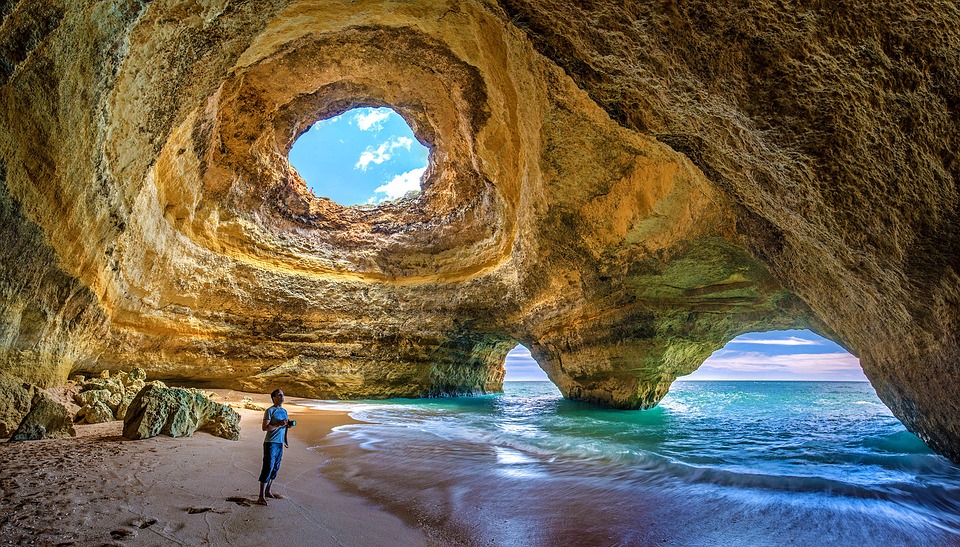
PORTUGAL
Portugal is a southern European country on the Iberian Peninsula, bordering Spain. Its location on the Atlantic Ocean has influenced many aspects of its culture: salt cod and grilled sardines are national dishes, the Algarve's beaches are a major destination and much of the nation’s architecture dates to the 1500s–1800s, when Portugal had a powerful maritime empire.
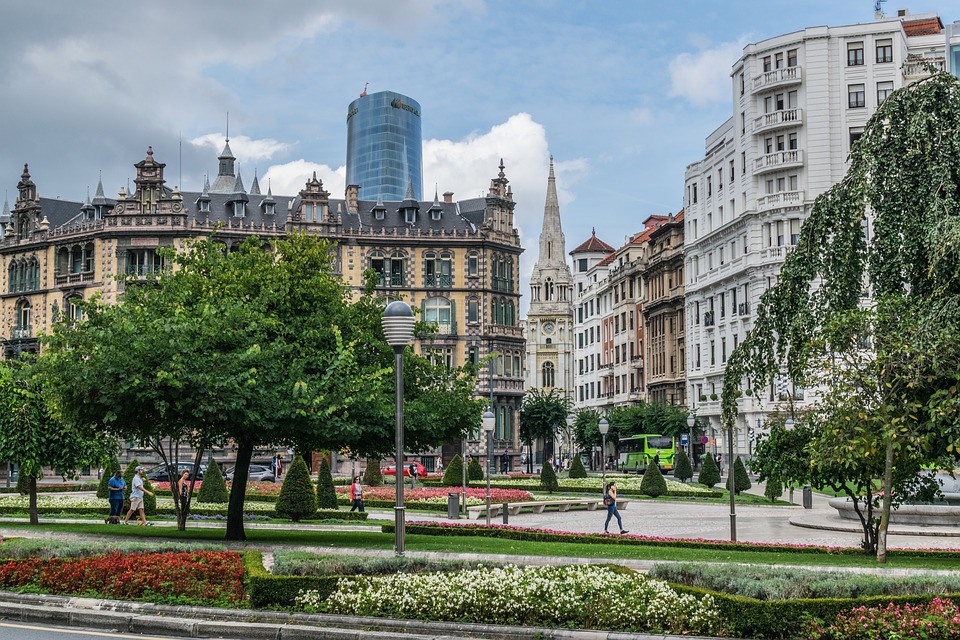
BASQUE COUNTRY
Basque Country (Euskadi) is an autonomous community in northern Spain with strong cultural traditions, a celebrated cuisine and a distinct language that pre-dates the Romance languages. The vibrant riverside city of Bilbao is a hub of architecture and design, where gritty factories and shipyards give way to cutting-edge landmarks such as the titanium-clad Guggenheim Museum along a revitalized waterfront.
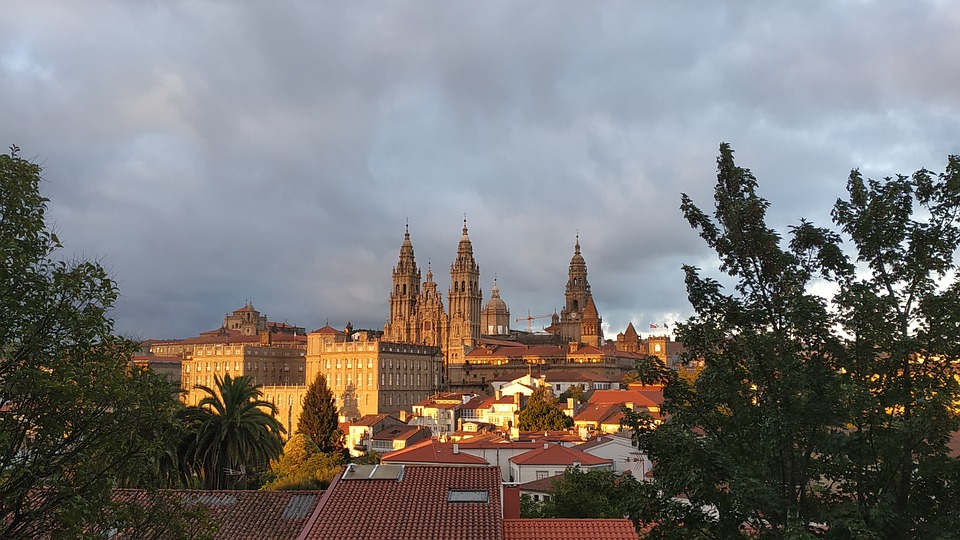
GALICIA
Galicia, an autonomous community in Spain’s northwest, is a verdant region with an Atlantic coastline. The cathedral of regional capital Santiago de Compostela is the reputed burial place of the biblical apostle Saint James the Great, and the destination for those following the Camino de Santiago pilgrimage route. The western cliffs of Cape Finisterre were considered by the Romans to be the end of the known world.
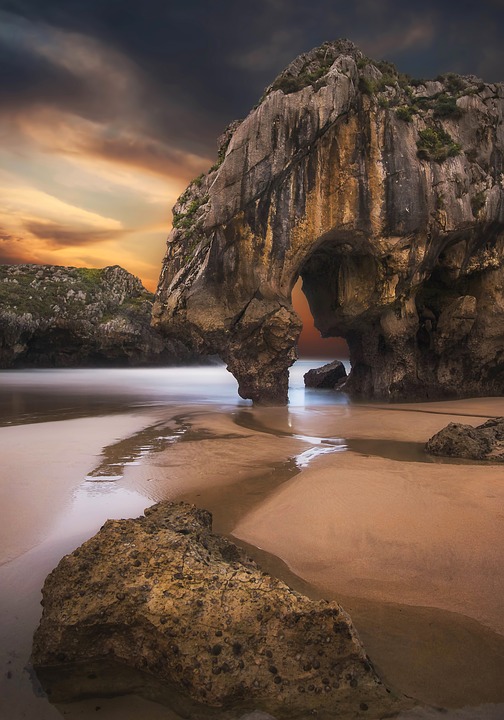
ASTURIAS
The Principality of Asturias, a region of northwest Spain, is known for its rugged coast, mountains, religious sites and medieval architecture. Regional capital Oviedo’s San Salvador Cathedral houses religious relic the Shroud of Oviedo. Nearby on Mt. Naranco stands the 9th-century churches of San Miguel de Lillo and Santa María del Naranco, the latter originally built as a palace for King Ramiro I of Asturias.
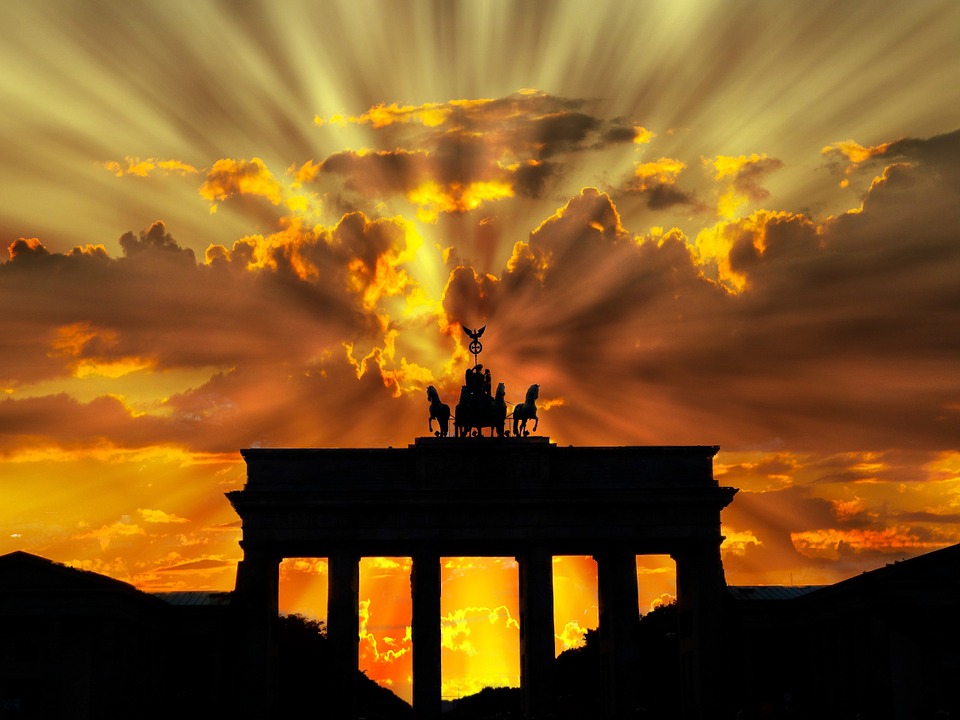
GERMANY
Germany is a Western European country with a landscape of forests, rivers, mountain ranges and North Sea beaches. It has over 2 millennia of history. Berlin, its capital, is home to art and nightlife scenes, the Brandenburg Gate and many sites relating to WWII. Munich is known for its Oktoberfest and beer halls, including the 16th-century Hofbräuhaus. Frankfurt, with its skyscrapers, houses the European Central Bank.
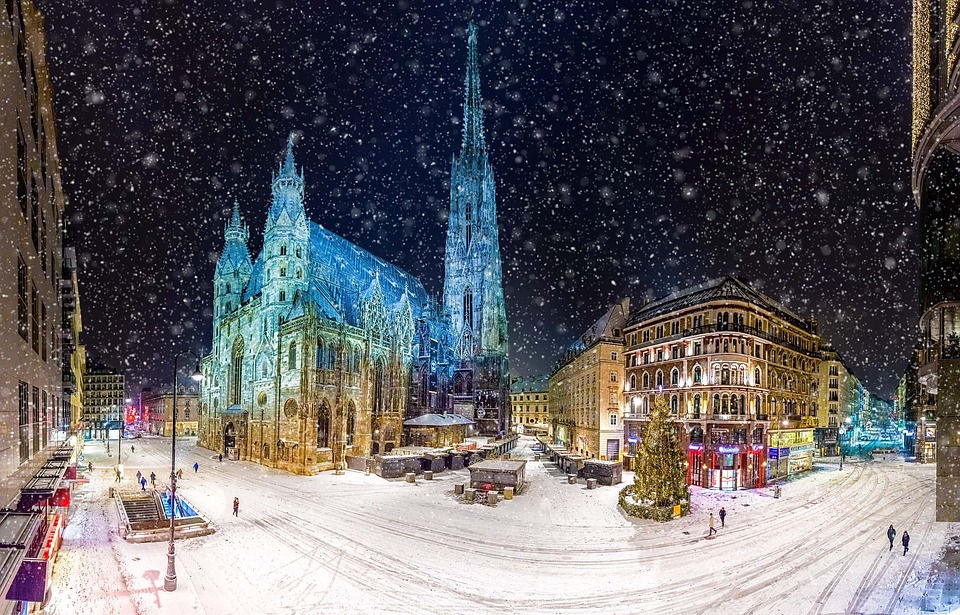
AUSTRIA
Austria is a German-speaking country in Central Europe, characterized by mountain villages, baroque architecture, Imperial history and rugged Alpine terrain. Vienna, its Danube River capital, is home to the Schönbrunn and Hofburg palaces. It has counted Mozart, Strauss and Freud among its residents. The country’s other notable regions include the northern Bohemian Forest, Traunsee Lake and eastern hillside vineyards.
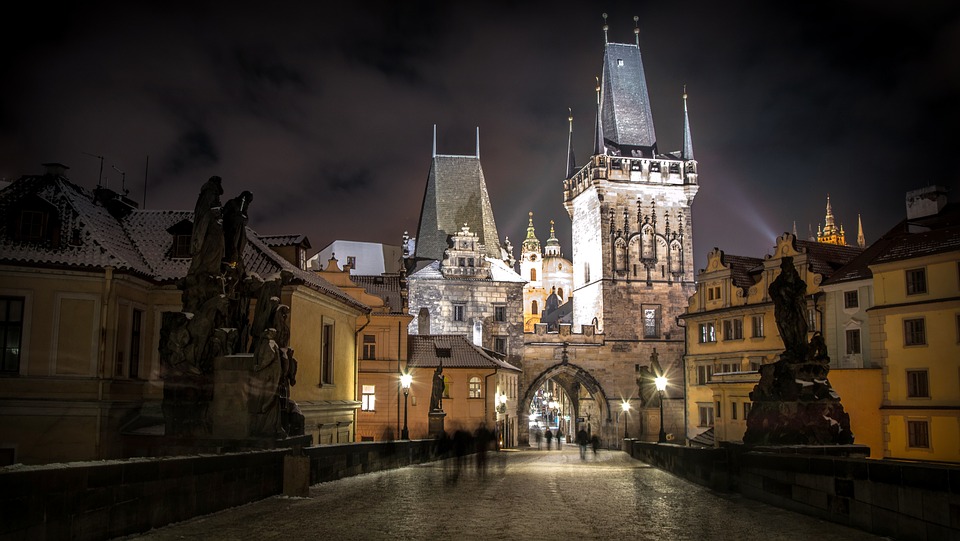
CZECH REPUBLIC
The Czech Republic, in Central Europe, is a country that's known for its ornate castles, native beers and long history. Prague, the capital, is home to grand 9th-century Prague Castle, a preserved medieval old town and statue-lined Charles Bridge. Český Krumlov, a small town in the South Bohemia region, is notable for its wealth of Gothic, Renaissance and Baroque buildings, many of which house restaurants and shops.
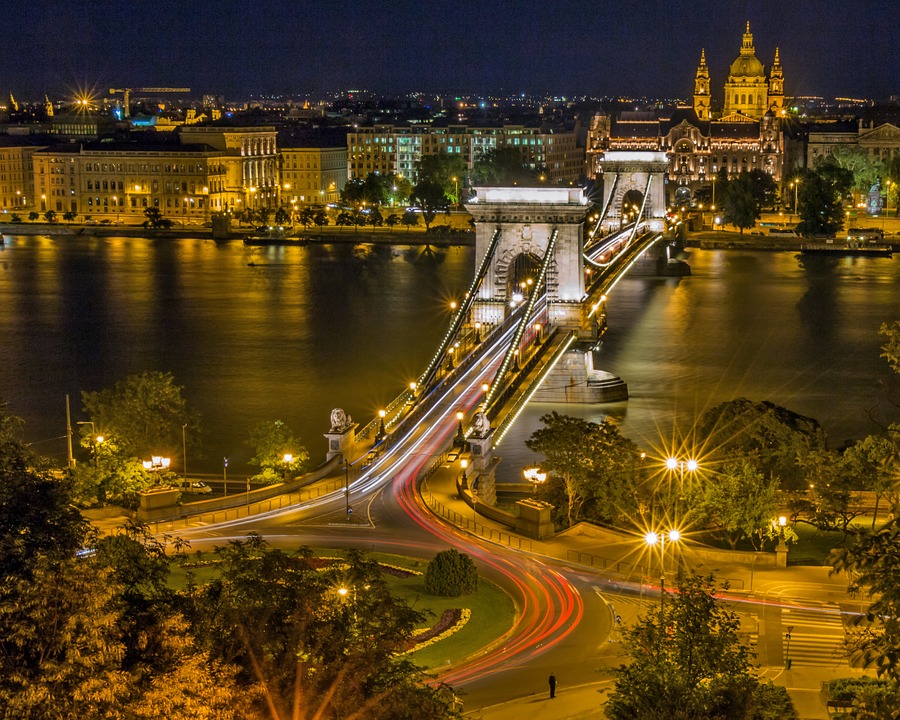
HUNGARY
Hungary is a landlocked country in Central Europe. Its capital, Budapest, is bisected by the Danube River. Its cityscape is studded with architectural landmarks from Buda’s medieval Castle Hill and grand neoclassical buildings along Pest’s Andrássy Avenue to the 19th-century Chain Bridge. Turkish and Roman influence on Hungarian culture includes the popularity of mineral spas, including at thermal Lake Hévíz.
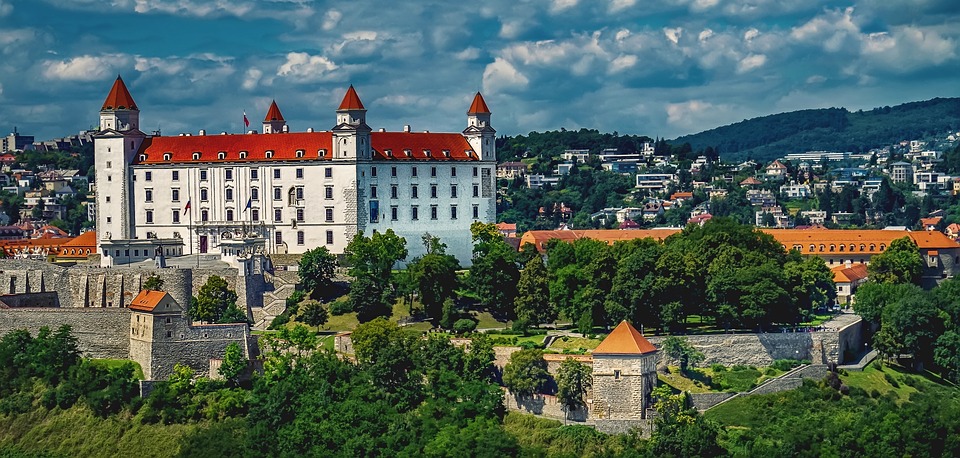
SLOVAKIA
Slovakia is a central European country known for its dramatic natural landscape and many castles. Near the Austrian border, capital city Bratislava features a pedestrian-only Old Town with a lively cafe scene. Rising on a hill above the Danube River, Bratislava Castle houses a branch of the Slovak National Museum, with displays ranging from Roman artifacts to 20th-century arts and crafts.
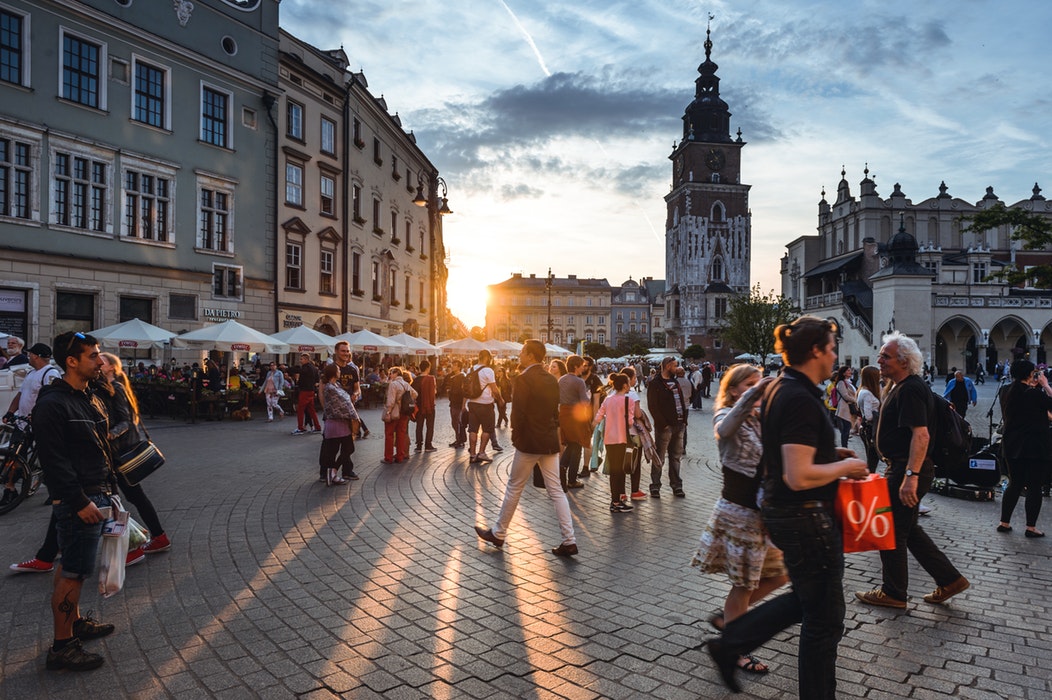
POLAND
Poland, officially the Republic of Poland, is a country located in Central Europe. It is divided into 16 administrative subdivisions, covering an area of 312,696 square kilometres, and has a largely temperate seasonal climate.
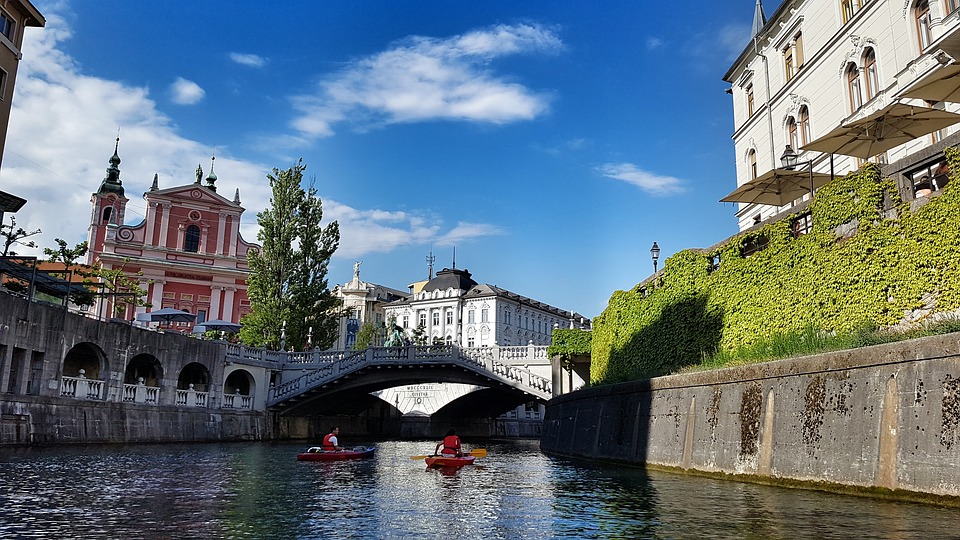
SLOVENIA
Slovenia, a country in Central Europe, is known for its mountains, ski resorts and lakes. On Lake Bled, a glacial lake fed by hot springs, the town of Bled contains a church-topped islet and a cliffside medieval castle. In Ljubljana, Slovenia’s capital, baroque facades mix with the 20th-century architecture of native Jože Plečnik, whose iconic Tromostovje (Triple Bridge) spans the tightly curving Ljubljanica River.
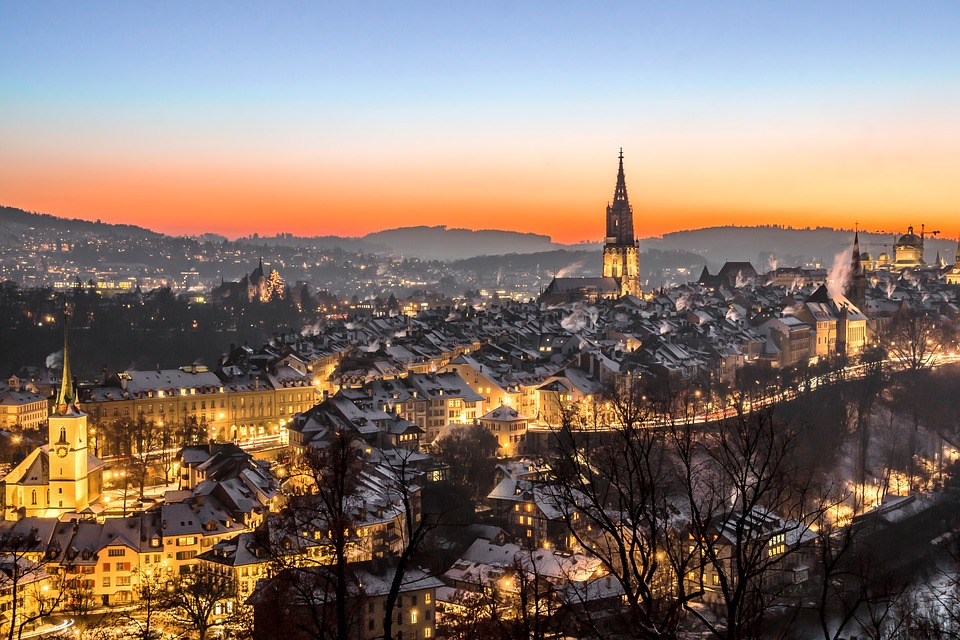
SWITZERLAND
Switzerland is a mountainous Central European country, home to numerous lakes, villages and the high peaks of the Alps. Its cities contain medieval quarters, with landmarks like capital Bern’s Zytglogge clock tower and Lucerne’s wooden chapel bridge. The country is also known for its ski resorts and hiking trails. Banking and finance are key industries, and Swiss watches and chocolate are world renowned.
send YOUR INQUIRY
business
LEISURE
Stay connected
Join over 35.000 professionals who receive our weekly newsletter